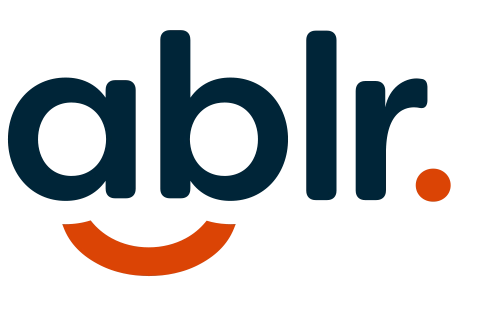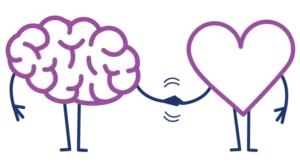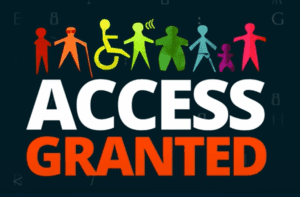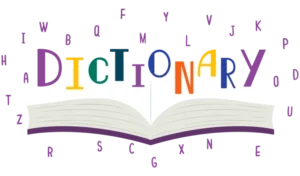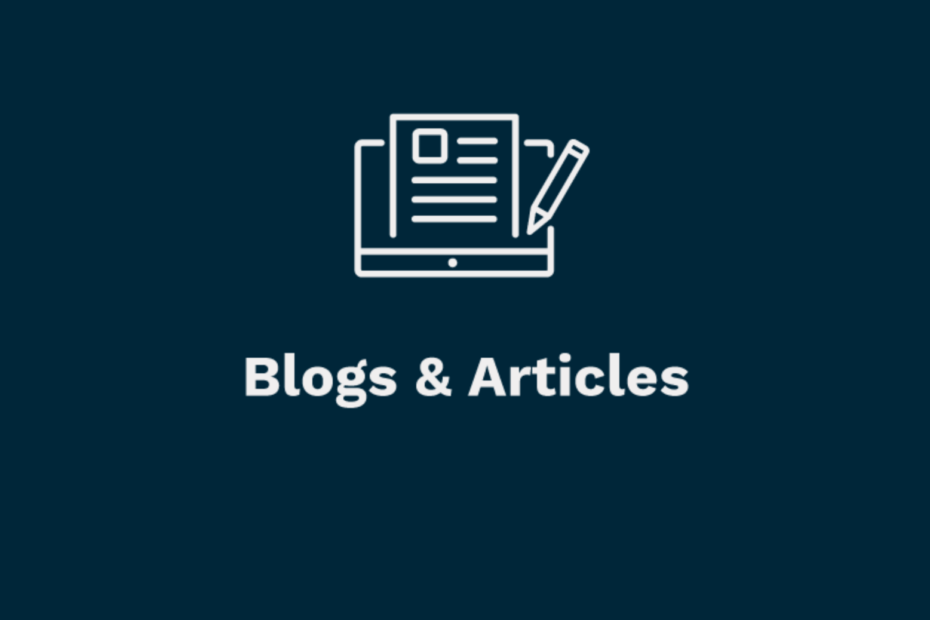Recently, the Ablr crew released our first training course “Disability Inclusion: Putting Untapped Talent to Work”. This is the first time we’ve undertaken such a huge endeavor, and we graduate from it with a long list of challenges, lessons learned, and ultimately success stories. It was clear to us from the beginning that our training needed to be as accessible as possible. In honor of Global Accessibility Awareness Day on May 20, we’d like to share why we made it accessible, and what steps we took to make it accessible (we made sure the course was screen reader compatible, created an easily navigable course layout, provided downloadable and accessible PDFs and transcripts, added closed captions and ASL interpreters, descriptive images and much more). This first installment of the two-part series discusses the “why”.
It allows everyone to participate
Creating accessible documents, upgrading systems and devices to fit the needs of those with disabilities, and adjusting the recruiting, hiring, and training processes to be barrier-free all help to create a sense of belonging for individuals within an organization who need these accommodations. We want to foster this sense of belonging for every member of every team, but – in particular – we don’t want to leave behind the largest group of people within the Disability, Equity, and Inclusion (DEI) community: people with disabilities. Making the training accessible allows people with disabilities to participate in it alongside their team members. It enables them to access the same information as everyone else and to share and discuss it with the teams of which they are a part.
It demonstrates that integrating accessibility from the start saves time and money
Our second purpose in creating a fully accessible training course was to demonstrate to HR representatives, DEI professionals, and others tasked with furthering disability inclusion that accessibility does not have to be a headache they have to deal with after they purchase a system or program. In fact, if accessibility is considered as part of the process of creating a piece of technology, it can be made accessible right out of the box. It is only when accessibility is regarded as an afterthought and organizations try to incorporate it retroactively that it can become complicated, time-consuming – and expensive. Purchasing our training can thus help companies save time, money, and a need for extensive in-house expertise.
It makes for a better consumer experience
In addition, we wanted to demonstrate to company representatives that making our training course fully accessible does not take away from the overall consumer experience – instead, the accessibility features we added can benefit every member of a team, and not just people with disabilities. For example, employees without disabilities might prefer closed captions to narration to suit their personal learning style. Or they might take advantage of our downloadable PDFs in order to absorb the information at their own pace, and return to it whenever needed. When they are not needed, our accessibility seamlessly blend into the course because they are, in fact, part of it. When they are needed, they are there for everyone’s benefit.
It raises awareness of accessible solutions
In order to take advantage of accessibility features, people have to know that they exist. This was another purpose behind making our training accessible: we wanted to raise awareness among everyone who might take our course about the things they can and should do to make their materials accessible. To this end, we did not simply include accessibility, but highlighted it and made it a lesson in itself over the course of our training. For example, we opted to incorporate closed captioning that could not be turned off in some of our videos – this was done to make sure that everyone who comes away from the training knows what they are, even if they had never seen them in action before. We also included notes in relevant places that briefly explained different accessibility measures. Our hope is to familiarize managers and others who interact with people with disabilities with the types of accommodations they might request – and to raise awareness of their existence among those who might benefit from them, whether or not they have a disability.
It raises accessibility from a compliance issue to a matter of ease of use
Finally, our last purpose was to demonstrate that accessibility is not simply a matter of checking the box of legal compliance. The laws that specify accessibility requirements and regulations have a real-life impact on the lives of people with and without disabilities in the ways discussed in this post. We let ourselves be guided by thinking about our course’s ease of consumption for everyone in addition to following legal requirements – which we exceeded in several instances. The result, we think, is a course that is not only more accessible but also richer, more customizable, and easy to engage.
I would like to end this post with a caveat: nobody is perfect, and that includes us. Accessibility is an ever-evolving process, not a one-time project. As new programs and applications are introduced, the rules need to be reinterpreted and reapplied. This requires on-going communication between technology creators and owners. In this way, we can turn accessibility challenges into lessons and, ultimately, success stories.
Don’t forget to read the second part of this post, which discusses how we made the course accessible, and please contact us if you are interested in our course, or would like to talk more about how you can make your materials more accessible at info@ablr360.com.
